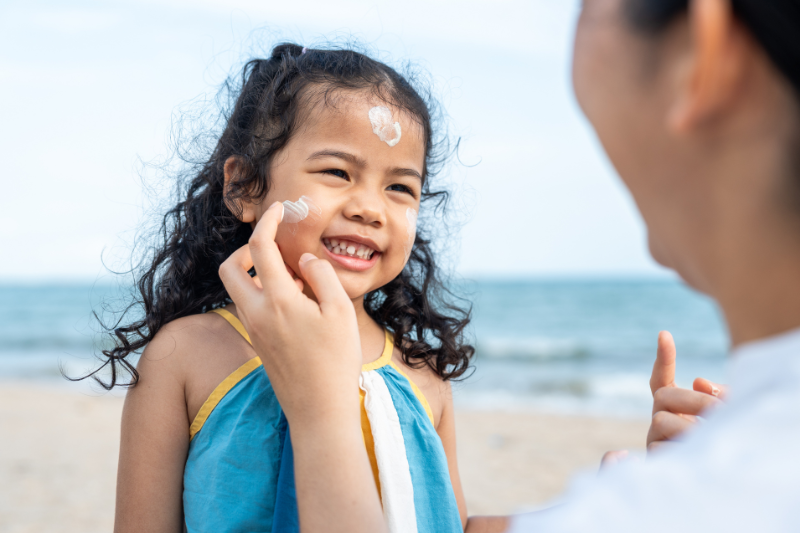Groundbreaking Initiative Teaches Children about UV Safety and Melanoma Prevention
In an innovative move to combat rising melanoma rates in the UK, children as young as five are learning essential skills to monitor UV levels and apply sunscreen effectively. This new educational initiative, currently being piloted in primary schools across Kent, is set to become a part of the PSHE (Personal, Social, Health and Economic) curriculum nationwide by 2026.
The Importance of UV Safety Education
Led by the Melanoma Fund, the program aims to instill lifelong habits that promote awareness of UV risk among children. Michelle Baker, CEO of the Melanoma Fund, emphasizes, “People think melanoma is an older person’s disease, but it’s often seeded in childhood.” This early intervention is crucial, as research indicates that most cases of melanoma are preventable with proper education and behavior modification.
Key Learning Objectives
Through this program, children are educated on vital topics, including:
- Reading UV Indexes: Understanding what the UV index means and recognizing when sun protection is necessary.
- Effective Sunscreen Application: Learning the correct methods for applying SPF to ensure maximum protection.
Emma Smith, headteacher at Platt Primary School in Maidstone, noted the strong engagement from students, stating, “If we educate them early, they’re more likely to keep that knowledge as they get older—especially when social media starts to influence their choices.”
Understanding Melanoma and Its Risks
Melanoma is the most severe form of skin cancer and is primarily associated with UV exposure. According to Cancer Research UK, 9 in 10 melanoma cases could be prevented. Alarmingly, around 18,300 individuals were diagnosed in 2021, and this figure is expected to rise to 21,300 by 2026.
What You Should Know
- No Safe Tan: Dr. Katie Lacy, a consultant dermatologist, stresses that there is no such thing as a “safe tan.” Tanning is indicative of skin damage, and most melanomas arise from new skin changes rather than existing moles.
- Proactive Screening: It’s vital to consult a medical professional if you notice any new skin lesions.
Dr. Lacy also welcomed advancements in AI-assisted mole screening within the NHS, highlighting the emphasis on prevention through education.
Industry-Wide Support for Sun Safety
The education drive coincides with the British Beauty Council’s nationwide UV Safety Initiative, aimed at transforming the UK’s approach to sun protection. Supported by major industry players such as L’Oréal Groupe, No7 Beauty Company, and Boots, the campaign focuses on:
- SPF Education: Raising awareness about the importance of sunscreen.
- Accessibility: Ensuring sun protection products are available to everyone.
- Regulatory Reform: Advocating for improved guidelines regarding UV safety.
Conclusion
As the initiative expands, the hope is that instilling these important lessons at a young age will significantly reduce melanoma rates and promote healthier sun habits among future generations. For more information on melanoma prevention and skin health, visit Cancer Research UK.
By fostering a culture of awareness and education, we can empower children with the knowledge they need to protect themselves from harmful UV exposure and enjoy the sun safely for years to come.


